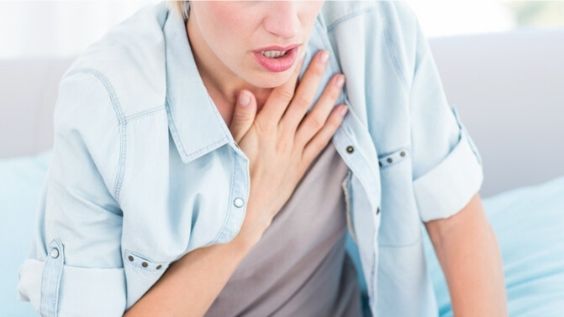
In Chinese medicine, wheezing refers to a sense of tightness, congestion, breathlessness or constriction in the chest with difficult inspiration. The term asthma is commonly used when referring to this condition, however true asthma is only one of a number of biomedical diagnoses that may fall into the TCM category of wheezing, hence the adage of Western medicine, ‘All that wheezes is not asthma, however a lot of it is’. Because asthma is diagnosed so frequently, a separate discussion is warranted.
In TCM terms, wheezing is due to failure of Lung qi to descend as it naturally should. There are two primary mechanisms, excess and deficient. Excess wheezing is due to obstruction to Lung qi by an external pathogen (Wind plus Heat or Cold) or internally generated pathogens (Phlegm, Heat or qi stagnation). Deficient wheezing occurs when Lung qi is too weak to descend under its own stream, or Kidney qi is unable to grasp qi and aid the Lungs. In either case, the end result is accumulation of qi in the chest, leading to a sense of fullness, tightness or congestion.
Wheezing may be acute or chronic, and in many cases acute episodes occur on a background of chronic disease. In severe cases, the breathing difficulty may be serious enough to cause severe distress, and perhaps precipitate collapse, anoxia and even death. This is a medical emergency requiring immediate hospitalization.
Excess Chinese Medicine Patterns:
– Wind Cold
– Wind Cold with congested fluids
– Wind Cold with internal Heat
– Wind heat
– Phlegm Damp
– Phlegm Heat
– Qi stagnation
Deficient Chinese Medicine Patterns:
– Lung qi and yin deficiency
– Lung and Spleen qi deficiency
– Lung and Kidney yin deficiency
– Kidney yang deficiency
